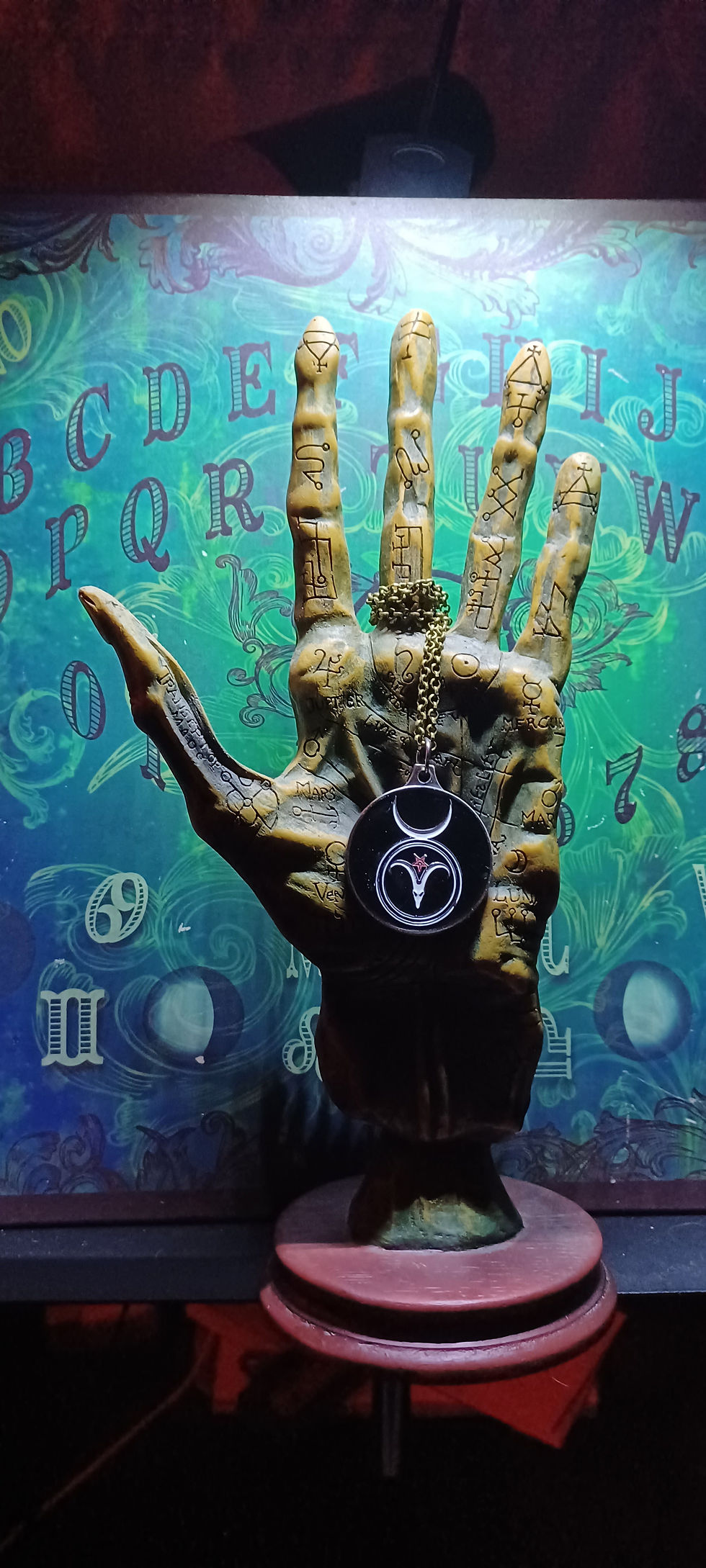LE VECCHIA RELIGIONE: Part One
- Etu Malku

- Aug 25
- 2 min read
Updated: Aug 26
Benevento, Italy: The City of Witches

For centuries, Benevento has carried an eerie yet alluring reputation as La Città delle Streghe, the City of Witches. Blending layers of pagan ritual, medieval folklore, and centuries of persecution, the city has become one of Europe’s most evocative centers of witchcraft mythology.
The majiqal identity of Benevento is inseparable from its ancient religious past. During the Roman era, a temple to Isis of Egypt stood in the city, interwoven with the worship of Diana and Hecate, deities linked to majiq and the underworld. When the Lombards, a Germanic people (Druids?) invaded Italy in the 6th century, they introduced their own rituals. Near the Sabato River, they gathered around a massive walnut tree, hanging goat and serpent skins, lighting fires, and performing rites that outsiders deemed sinister. Over time, this tree became the mythical heart of Benevento’s witch gatherings.
Central to the city’s folklore are the Janare, the witches of Benevento. These female practitioners of folk magic were believed to commune with spirits, manipulate the natural world, and travel to nocturnal gatherings at the walnut tree. According to legend, they anointed themselves with flying ointments made from belladonna, henbane, or mandrake, entering trance-like states that allowed them to soar through the night, feast, and dance beneath the great tree.
Modern Stregheria, the Italian neopagan tradition, draws directly from these legends. Practitioners honor the Moon Goddess and Horned God, incorporate folk magic and herbalism, and sometimes recreate symbolic rituals inspired by the Janare gatherings, such as circle-dancing or anointing with oils. While the Janare were once feared and persecuted, Stregheria reinterprets them as archetypes of spiritual power and wisdom, reclaiming the energy and symbolism of Benevento’s witch myths.
In essence, Benevento provides both geographical and mythic context. It is the place where the folklore arose, and it continues to inspire Stregheria’s rituals, philosophy, and cultural identity. The city represents a living connection to the mystical heritage of Italian witchcraft, linking modern practitioners to centuries of magical tradition while reframing it in a positive, spiritual light.


